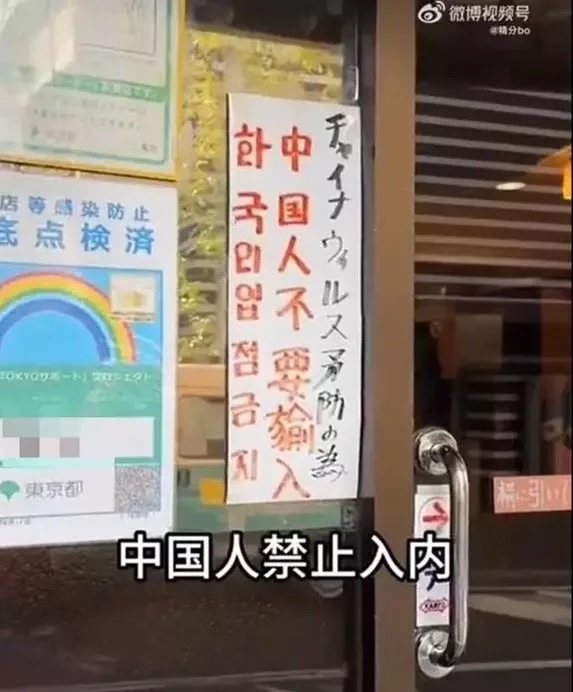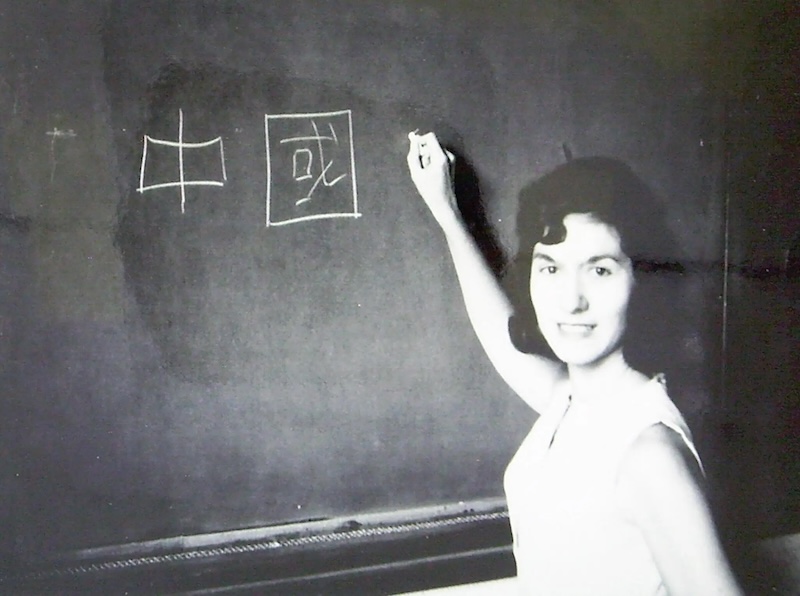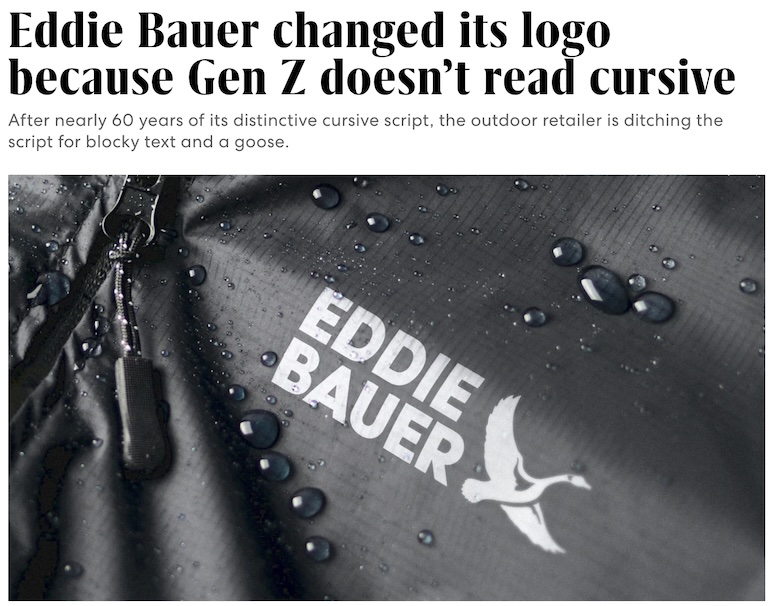[This is a guest post by Zhengyuan Wang]
Calligraphy Practicing Sheets and the Trussing Structure of Chinese Characters
One thing essential for every elementary-level Chinese learner is to learn to write the characters in the same size in one single passage. This is not a unique case that only exists in Chinese. But this can be a challenging task in reality, in regards to how different the Chinese characters can be to each other with the number of strokes ranging from as simple as characters with one stroke only (for instance, 一 yī and 丨gǔn [yes, this is a character]) to complex ones with up to twenty-eight strokes (矗 chù, the character with most strokes among the 3,500 common used Chinese characters). Not to mention, there are characters less common but with way more strokes, such as 麤 cū, with thirty-three strokes, 龘 dá/tà, with fifty-one strokes, and the most famous one biáng (as in figure 1) with forty-two or fifty-six strokes.



(figure 1: from left to right: biáng in traditional Chinese with 56 strokes, biáng in simplified Chinese with 42 strokes, and yī with only one stroke. How can you write them in the same size, which has to be not so big in the first place?)
Read the rest of this entry »






